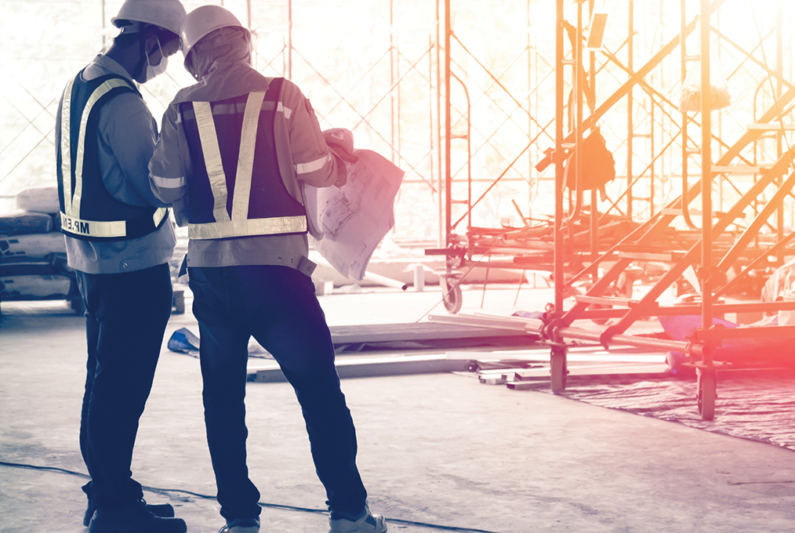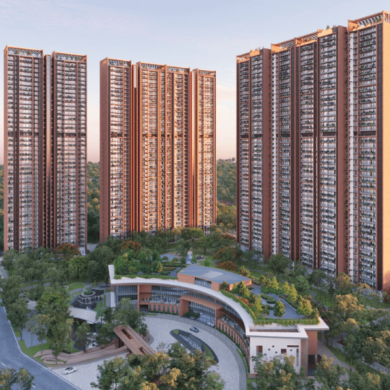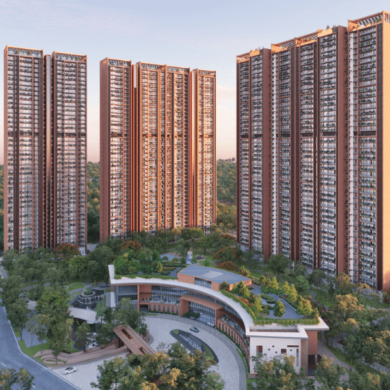
Businesses engaged in construction and manufacturing activities are susceptible to several health hazards and accidents due to the use of different types of machinery and tools. These hazards translate into human and financial costs. Therefore, ensuring a safe work environment at construction sites and factories become one the prime responsibilities for an organization. The first step in this direction is to build a safety culture by incorporating best practices in day-to-day work. This requires collaboration and participation of both employers and employees.
Safety standards and certifications
SOBHA has been at the forefront of adhering to safety guidelines and incorporating best practices as a part of its work culture. As early as 1998, the Company was awarded the ISO 9001:1994 certification for meeting the requirements. It was also awarded the ISO 9001:2008 certification for following the revised standard. Further, SOBHA has also been awarded the ISO 14001:2004 and OHSAS 18001:2007 certificates for its Environmental, Health and Safety Standards.
Over the years, SOBHA’s safety practices have been validated with some prestigious awards from industry bodies such as Construction Industry Development Council (CIDC), Confederation of Indian Industry and National Safety Council-Karnataka Chapter (NSC).
SOBHA’s approach
Safety at SOBHA goes beyond the requirements of the law. It is a commitment to provide a healthy environment at work to enhance the creativity and productivity of the employees. All the construction sites of SOBHA are given special safety instructions and strict compliance is ensured. The company follows a holistic approach, which comprises:
• Matrix: The team identifies all the project sites and the working, non-working hours, Sundays and holidays.
• Unsafe: Identifying the risks arising due to a worker, the activities, the environment and lack of safety supervision. This process is also called Hazard Identification and Risk Analysis (HIRA).
• Analysis: HIRA enables the team to understand the possibilities and the reasons for accidents or other health hazards to take requisite action.
Over the past five years, SOBHA has observed and identified eight high-risk areas – falling objects/personals, man and vehicular movement, power tools, heavy equipment, electrical, fire, scaffolding and excavation area at construction sites. The Company monitors these areas continuously and conducts four levels of safety audits at each project site, starting from site safety personnel to Quality, Safety and Training head of the department. Any violations of the norms are dealt with strict action.
Focus on training
An equally important aspect of creating a safe work environment is training. This is why we have different sets of training programs for the workforce, educating them on the risks and the safety procedures. These include:
• Induction training – As the name suggests, it is the first training provided to new workmen, visitors and customers at the project site. It revolves around giving an overview of the sector and explaining various hazards and risks involved at work, the dos and don’ts, safety controls, emergency situation guide and escape routes and safe assembly points.
• Safety Tool Box Training – Conducted daily, this training explains specific activity along with the risks attached and required safety measures. The contractor’s workforce are also covered under this training with a minimum of two sets of trainings in a month.
• On Spot Trainings – These are organised as and when required and are given to workers involved in an unsafe activity. In such a scenario, the work is paused and the risks and required safety measures are explained.
• Mass Trainings – This is a weekly training that is provided to all, including the non-factory workforce on the high-risk activities and related incidents/accidents.
• Permit to Work (PTW) Trainings – A live document training, which is required before the start of every major activity. This explains the task, hazards and safety controls to employees executing the work.
• Reverse Trainings – A daily activity, this training covers all the major activities by each engineer, with focus on a single topic for the day.
In addition to these, some of the other trainings given include near miss & accident awareness that is focused on first aid and examining the reasons for an accident and taking corrective action. Further, there are trainings on health, hygiene, cleanliness, emergency drills and fire safety once in a quarter and a separate training on industry statutory/legal requirements twice a year.
Process Improvements
While building a strong culture of workplace safety, a lot of emphasis is given to enhancing the existing processes. This has resulted in innovations that further tighten the safety and security measure at the site. Some of the important works done in this area are scaffolding, eye anchoring system for the building, development of a safety ERP software, self- adjusting safety guard for wood cutting machine and three-layer hard barricades for all the building edges, balconies, shafts etc. among others.
Together, these measures have helped SOBHA to minimize risks and maintain a zero-tolerance approach to hazards at work. Zero tolerance against negligence for safety measures is a concept which is deeply embedded in SOBHA culture. We stay committed to it.










